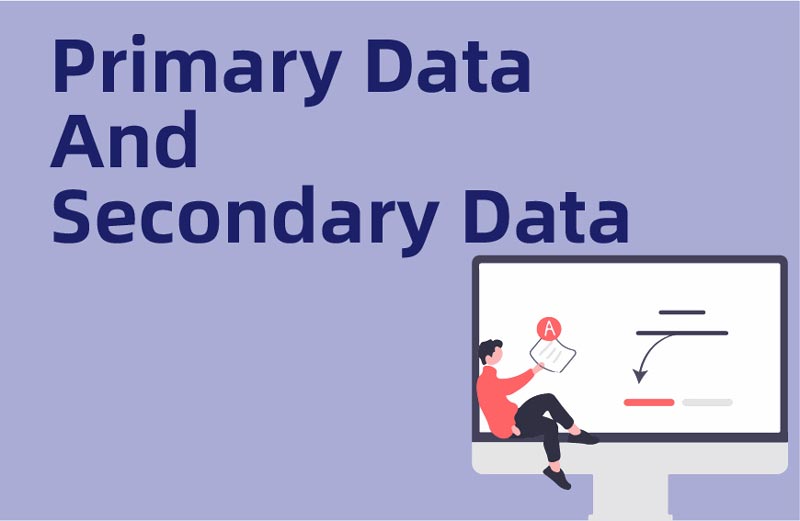1. First-hand data, as the name suggests, is data that is not available on the market and is completely mined by you.
For example, you conducted interviews and questionnaires that others did not do, and you are the first person to collect this data. Then your data is first-hand data.
2. Secondary data, on the contrary, is data already available on the market.
For example, company financial reports, government reports, literature, and websites are all things published by others. If you use them, it is secondary data.
3. The above is actually easy to understand, but some students have misunderstandings about secondary data.
[Myth 1]: Using secondary data does not mean using other people’s research methods and following other people’s research processes, but using other people’s finding, that is, research results.
This means: You cannot write about other people’s research methods in the research methods section of Chapter 3, but write about how you collected the secondary data yourself. You can only use other people’s finding for analysis in the finding and discussion chapters.
[Myth 2]: Secondary data needs to be very reliable, such as data endorsed by the government or large companies (the Big Four, etc.), or reports from the company itself. Website news forums are basically unable to use serious secondary data for research, and are not convincing enough.
[Myth 3]: Primary and secondary data do not exist. Whether it is easy to write or not is difficult.
First-hand data requires you to collect data yourself, such as contacting people, such as learning software for data analysis, and the data also needs to be valuable.
Secondary data requires a lot of reading and the ability to find valuable things in data that has been published by others. Therefore, there are certain requirements for writing skills, but secondary data can be considered.




